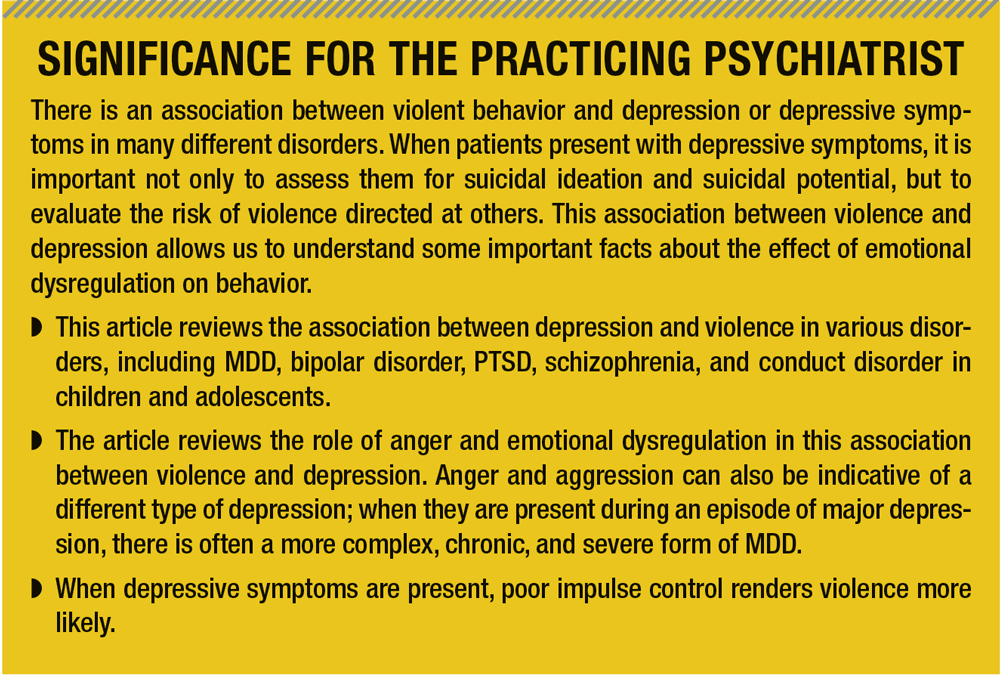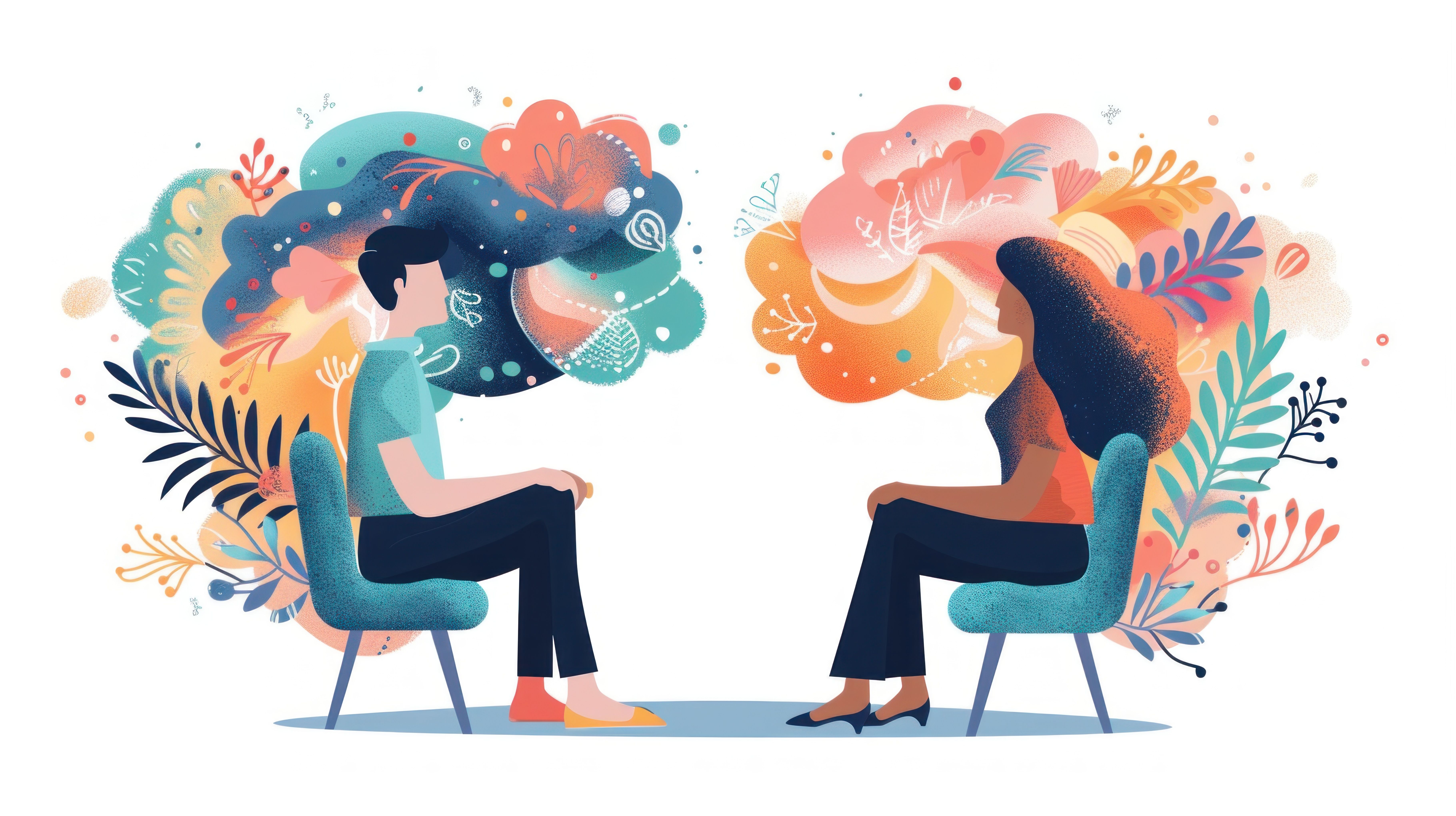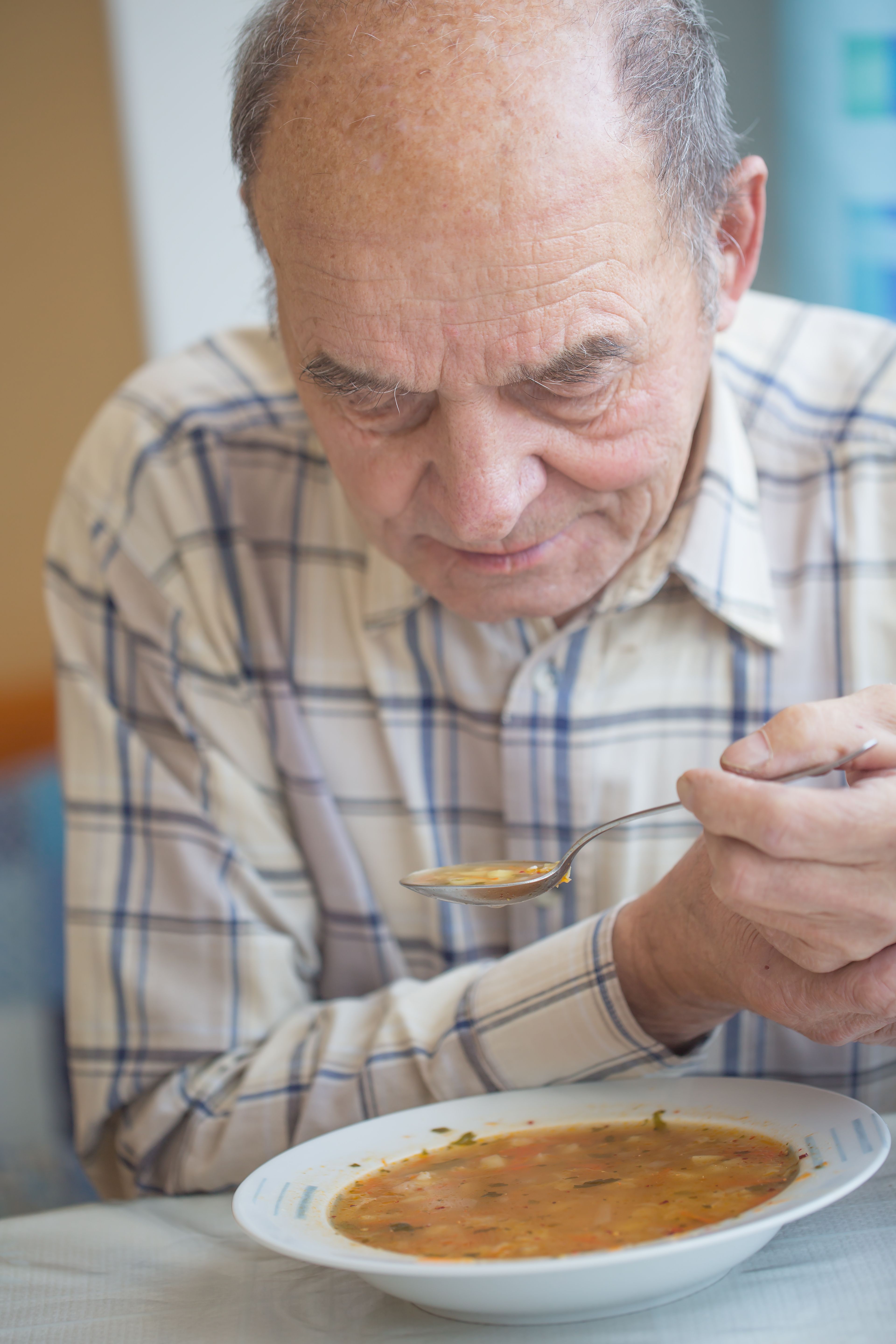Publication
Article
Psychiatric Times
Depressive Symptoms Associated With Aggression
Author(s):
The authors review the association between depression and violence, and the role that anger and emotional dysregulation play.
© Pingun/shutterstock.com

SIGNIFICANCE FOR THE PRACTICING PSYCHIATRIST

Violence is not usually considered to be related to depression, yet findings suggest an association between violent behavior and depression or depressive symptoms in many different disorders. A Swedish study compared the criminal records of 47,158 depressed individuals with the records of 898,454 people with no history of depression matched by age and sex.1 Those in the depressed group were approximately 3 times more likely than the general population to commit violent crimes, such as homicide, attempted homicide, aggravated assault, or robbery.
This association was present even when previous histories of violence, self-harm, psychosis, and substance use were taken into consideration. Furthermore, the risk of violent crime significantly increased in individuals with more depressive symptoms.
Related content: Mini Quiz: The Aggression-Depression Connection
An association between depressive symptoms and violence in patients with schizophrenia has also been observed. In one study, 1410 patients with schizophrenia were clinically assessed and interviewed about violent behavior in the past 6 months.2 Serious violence was associated with depressive symptoms and with substance abuse. In another study, patients with schizophrenia who were physically violent were compared with non-violent patients with schizophrenia.3 Patients with a history of violence presented with more severe depressive symptoms. Within the group with a history of violence, the extent of aggression was positively related to the severity of the depressive symptoms.
The association between depression and violence has been frequently reported in persons with PTSD. In these individuals, the violence is often directed at intimate partners and close family members. For example, in veterans with PTSD, a major depressive episode was of the strongest risk factors for assaults on one’s spouse.4 Drug abuse/dependence was significantly higher in the violence group. In another study, the correlates of physical aggression against an intimate partner as well as general aggression were examined in male combat veterans with PTSD.5 A strong association for depression and aggression was found.
In dementia, as well, patients with depressive symptoms are more likely to exhibit physical aggression.6 And in bipolar disorder, increased violence is not limited to the manic phase but is also present in bipolar depression.7
Extensive literature exists on the relationship between depressive symptoms and violent behavior in general cohorts of children and adolescents. Blitstein and colleagues8 reported that depressive symptoms assessed at the outset of their study were an important predictor of violent behavior in seventh-graders. The association between violence and depressive symptoms is particularly common in children with conduct disorder.9
A new diagnosis of “mood dysregulation disorder” was added in DSM-5 for children who present with persistent irritability and frequent episodes of extreme behavioral dyscontrol, including violent behavior. Children with this pattern of symptoms are often described as “sad” or “unhappy” and frequently have unipolar depressive disorders later in life.
The reason for the association between violence and depression is not readily apparent, as there does not seem to be an obvious connection. It is possible that depression and violence coexist because of underlying factors that are responsible for both, such as alcohol/substance abuse or childhood trauma. In one study, depressed subjects with a history of alcoholism had higher lifetime aggression and impulsivity and were more likely to report a history of childhood abuse.10 A history of childhood trauma or abuse increases vulnerability to both depression and violent behavior.11,12
The relationship between aggression and depression
The role of anger. When we focus on the depressed mood, we may be ignoring other negative emotions that are closely linked to depression. There is not always a clear demarcation between various emotions. Besides being sad, depressed people often feel disgruntled, resentful, or irritable. Such emotions can lead to violence in people who are predisposed to such behavior, especially when confronted with severe frustration. Various studies indicate that mood states other than sadness, such as irritability and anger, exist in subjects with depressive symptoms. When irritability and anger are present during an episode of major depression, these symptoms appear to be clinical markers for a significantly more complex, chronic, and severe form of MDD.13 Patients are more likely to have increased depressive severity, poorer impulse control, and a history of substance abuse. The presence of a substance abuse disorder and poor impulse control renders violence more likely.
Anger has been associated with both depression and violence. This association is more often present in males and in children or adolescents. Depressed males are less likely to experience clear depressive feelings or to be aware of these feelings; instead, they present with increased irritability and anger, which can result in violence.
When we assess the risk of violence in people with depressive symptoms, we must consider the specific disorder in which these symptoms exist.
Irritability and anger figure prominently in mood disorders of children and adolescents, especially males; particularly in the mood dysregulation disorder in which episodes of extreme behavioral dyscontrol, including violence, are frequent. Moreover, children and adolescents with depression are less able to control their expression of anger, which can then lead to violence. For example, data show that depressed children had more difficulties keeping cognitive control over their anger than non-depressed children.14 Thus, the association between depression and violence could be mediated, or partially mediated, by anger.
The role of emotional dysregulation. While the relationship between anger and violence has greater intuitive appeal than that between depression and violence, there may be a more general relationship between strong emotional states or faulty emotional regulation, which include depression, and violence -more particularly, impulsive violence. Aggressive impulses are more likely to result in aggression when they are emotionally triggered, whether by anger or depression. (For more on the importance of emotional dysregulation in conjunction with impulsivity or poor impulse control in bringing about violence, see Krakowski.15)
Affective states, including anger and depression, can magnify the intensity of the underlying impulse that moves a person to action. Such states may also diminish reflection in the decision-making process that would inhibit action. In one study, impulsive subjects with depression were more likely to be aggressive, while impulsive subjects who were not depressed did not differ from non-impulsive subjects.16
In another study, violent patients with schizophrenia were randomized to clozapine, olanzapine, or haloperidol and followed for 12 weeks.17 When severe depression was present at baseline, and especially if it was accompanied by high impulsivity, there was more physical aggression over the subsequent 12 weeks in all 3 groups. When there was low baseline depression, there was less physical aggression even in patients with high impulsivity.
Impulsivity is frequently found in depressed individuals and correlates positively with aggressive behavior. Patients with MDD show higher impulsivity scores and more severe aggression than controls.18 Depressed mood appears to precede the impulsivity -in patients with bipolar disorder, time-lagged models indicate that greater negative affect, including anxiety and depression, predict subsequent increases in impulsivity.19 Impulsivity may be a strategy to regulate negative affect, even though it is maladaptive.
Neurophysiological factors
The relationship between affective states-including depression-and violence has been studied from a biological perspective. Multiple biological factors have been considered, but serotonergic function has received the most attention in the past 50 years. The link between decreased serotonin function and aggression is often mediated through affect regulation.
The close connection between depression and aggression has been attributed to underlying serotonergic deficiency.20 Patients with MDD and low 5-hydroxyindoleacetic acid (5-HIAA), the main metabolite of serotonin, were compared with patients with major depression and normal 5-HIAA levels.21 The patients with low 5-HIAA evidenced much greater hostility and aggression than those with normal 5-HIAA levels. Note that this association exists across multiple psychiatric disorders and lacks nosological specificity.
The prefrontal cortex, which is involved in executive control, is likely to be involved in this impairment. It exerts a regulatory function and inhibits impulses and other lower-level influences on behavior, including emotional input. The prefrontal cortex receives a major serotonergic projection, which is essential for this function. Dysfunction of the circuit involved in emotion regulation, which includes the prefrontal cortex, the amygdala, hippocampus, and other interconnected structures, may be responsible for the emergence of violent behavior.22
Assessment and treatment
When we assess the risk of violence in people with depressive symptoms, we must consider the specific disorder in which these symptoms exist. Depressive symptoms may occur in MDD, bipolar disorder, or schizophrenia. They may also occur in dementia, PTSD, or personality disorder. The assessment and treatment of the underlying disorder is important. We must also consider that this association between aggression and depressive symptoms is further modified by various demographic and historical factors.
When patients present with depressive symptoms, it is important not only to assess them for suicidal ideation and suicidal potential, but to evaluate the risk of violence directed at others.
Assessment of a depressed patient’s potential for violence takes into consideration many risk factors, including a history of violence, substance abuse, childhood trauma, and impulsivity. Once these factors are combined, the risk of violence is considerably more elevated-the rates of violent crime were above 15% over a 3-year follow-up for depressed patients who also had histories of violent crime and substance abuse or self-harm.1
Treatment entails both pharmacological and cognitive behavioral interventions. Additional problems, such as substance abuse, should also be treated. The combination of drug and psychosocial interventions may be particularly important in high-risk populations.
The presence of depressive symptoms should be taken into consideration when making treatment decisions. Depressive symptoms were an important predictor of treatment response in a double-blind, parallel-group study of clozapine, olanzapine, and haloperidol.17 While baseline depression predicted the extent of physical aggression in all 3 medication groups, patients with high baseline depression who received olanzapine or clozapine had significantly less aggression than patients with high baseline depression who received haloperidol. Depression was an important predictor of differential response to antiaggression treatment. This is most likely due to the medications’ dissimilar neurotransmitter profiles.
Olanzapine and clozapine act as serotonin antagonists, and long-term treatment with serotonin antagonists may produce changes in the serotonin binding sites that are qualitatively and quantitatively similar to those produced by serotonin agonists. Long-term treatment with clozapine decreases serotonin turnover and increases its availability in the nucleus accumbens.23 The greater antiaggressive effect of olanzapine and clozapine has been linked to their normalization of serotonergic function.24
Disclosures:
Dr. Krakowski is Senior Research Psychiatrist, Nathan S. Kline Institute for Psychiatric Research, Orangeburg, NY, and Associate Professor, Department of Psychiatry, New York University School of Medicine, New York. Dr. Nolan is Research Scientist, Clinical Trials Support, Nathan S. Kline Institute for Psychiatric Research, Orangeburg, NY, and Associate Professor, Department of Psychiatry, New York University School of Medicine, NY.
The authors report no conflict of interest concerning the subject matter of this article.
References:
1. Fazel S, Wolf A, Chang Z, et al. Depression and violence: a Swedish population study. Lancet Psychiatry. 2015;2:224-232.
2. Swanson JW, Swartz MS, Van Dorn RA, et al. A national study of violent behavior in persons with schizophrenia. Arch Gen Psychiatry. 2006;63:490-499.
3. Krakowski M, Czobor P. Proneness to aggression and its inhibition in schizophrenia: interconnections between personality traits, cognitive function and emotional processing. Schizophr Res. 2016. http://www.schres-journal.com/article/S0920-9964(16)30548-5/fulltext. Accessed January 11, 2017.
4. Taft CT, Pless AP, Stalans LJ, et al. Risk factors for partner violence among a national sample of combat veterans. J Consul Clin Psychol. 2005;73:151-159.
5. Taft CT, Weatherill RP, Woodward HE, et al. Intimate partner and general aggression perpetration among combat veterans presenting to a posttraumatic stress disorder clinic. Am J Orthopsychiatry. 2009; 79:461-468.
6. Lyketsos CG, Steele C, Galik E, et al. Physical aggression in dementia patients and its relationship to depression. Am J Psychiatry. 1999;156:66-71.
7. Maj M, Pirozzi R, Magliano L, Bartoli L. Agitated depression in bipolar I disorder: prevalence, phenomenology, and outcome. Am J Psychiatry. 2003; 160:2134-2140.
8. Blitstein JL, Murray DM, Lytle LA, et al. Predictors of violent behavior in an early adolescent cohort: similarities and differences across genders. Health Educ Behav. 2005;32:175-194.
9. Ben_Amos B. Depression and conduct disorders in children and adolescents: a review of the literature. Bull Menninger Clin. 1992;56:188-208.
10. Sher L, Oquendo MA, Galfalvy HC, et al. The relationship of aggression to suicidal behavior in depressed patients with a history of alcoholism. Addict Behav. 2005;30:1144-1153.
11. Brown GR, Anderson B. Psychiatric morbidity in adult inpatients with childhood histories of sexual and physical abuse. Am J Psychiatry. 1991;148:55-61.
12. Widom CS. Child abuse, neglect, and violent criminal behavior. Criminol. 1989;27:251-271.
13. Judd LL, Schettler PJ, Coryell W, et al. Overt irritability/anger in unipolar major depressive episodes: past and current characteristics and implications for long-term course. JAMA Psychiatry. 2013;70:1171-1180.
14. Kashani JH, Dahlmeier JM, Borduin CM, et al. Characteristics of anger expression in depressed children. J Am Acad Child Adolesc Psychiatry. 1995; 34:322-326.
15. Krakowski M. Violence and serotonin: influence of impulse control, affect regulation, and social functioning. J Neuropsychiatry Clin Neurosci. 2003;15: 294-305.
16. Hynan DJ, Grush JE. Effects of impulsivity, depression, provocation, and time on aggressive behavior. J Res Pers. 1986;20:158-171.
17. Krakowski M, Czobor P. Depression and impulsivity as pathways to violence: implications for antiaggressive treatment. Schiz Bull. 2013;40:135-140.
18. Perroud N, Baud P, Mouthon D, et al. Impulsivity, aggression, and suicidal behavior in unipolar and bipolar disorders. J Affect Disord. 2011;134:112-118.
19. Depp CA, Moore RC, Dev SI, et al. The temporal course and clinical correlates of subjective impulsivity in bipolar disorder as revealed through ecological momentary assessment. J Affect Disord. 2016; 193:145-150.
20. Apter A, van Praag HM, Plutchik R, et al. Interrelationships among anxiety, aggression, impulsivity, and mood: a serotonergically linked cluster? Psychiatry Res. 1990;32:191-199.
21. van Praag HM. Aggression and CSF 5-HIAA in depression and schizophrenia. Psychopharmacol Bull. 1986;2:669-673.
22. Davidson RJ, Putnam KM, Larson CL. Dysfunction in the neural circuitry of emotion regulation -a possible prelude to violence. Science. 2000;289:591-594.
23. Csernansky JG, Wrona CT, Bardgett ME, et al. Subcortical dopamine and serotonin turnover during acute and subchronic administration of typical and atypical neuroleptics. Psychopharmacology (Berl). 1993;110:145-151.
24. Sanchez C, Arnt J, Hyttel J, Moltzen EK. The role of serotonergic mechanisms in inhibition of isolation-induced aggression in male mice. Psychopharmacology (Berl). 1993;110:53-59.
Newsletter
Receive trusted psychiatric news, expert analysis, and clinical insights — subscribe today to support your practice and your patients.






